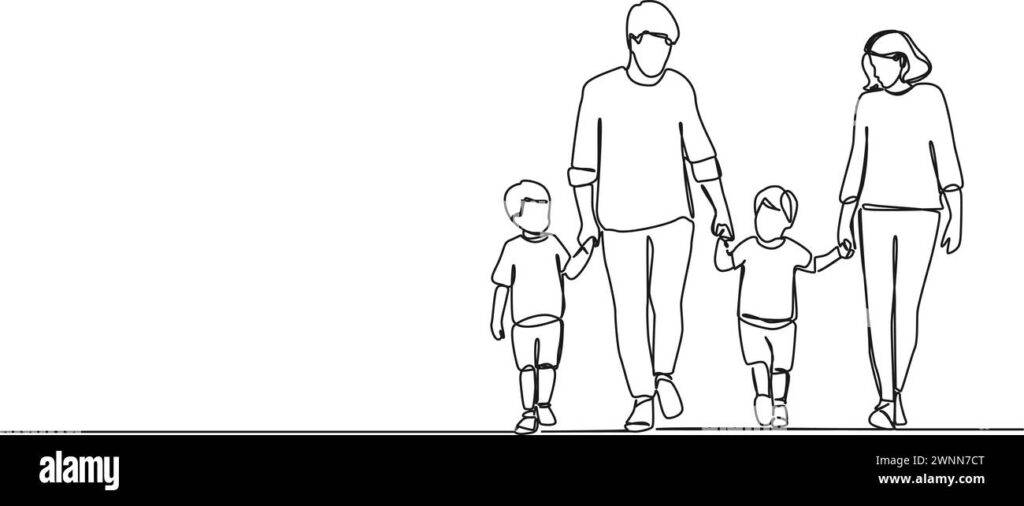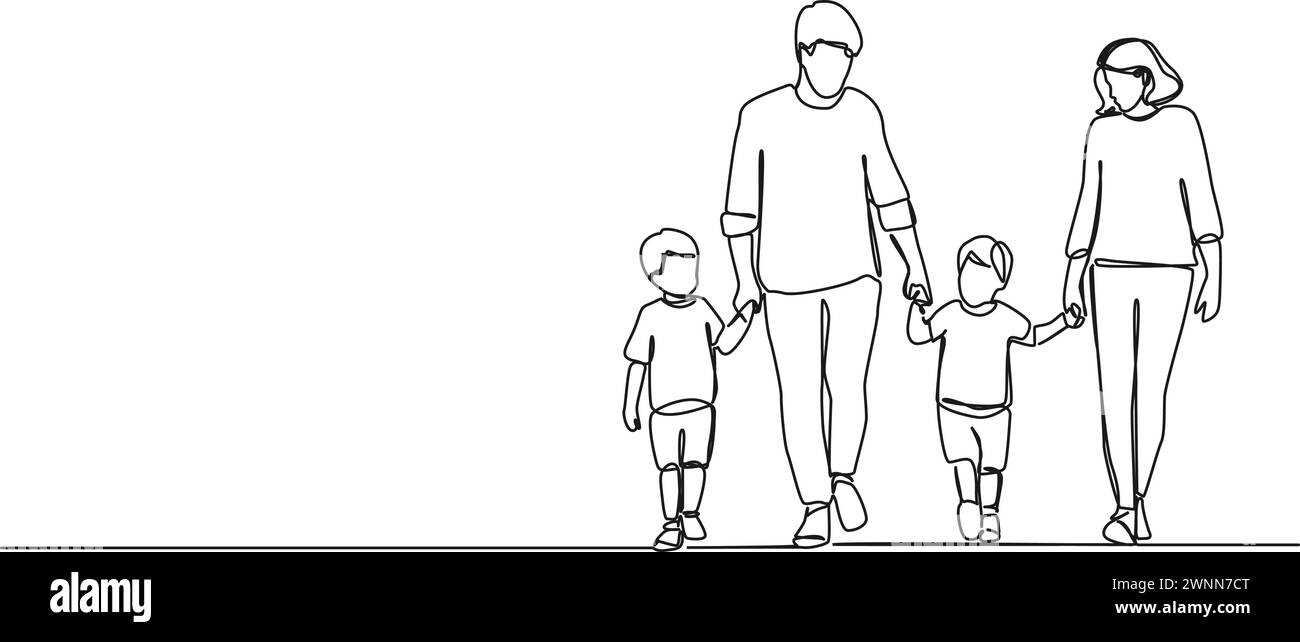
Unlocking Creativity: The Power of Parenting Through Drawing
In today’s fast-paced world, fostering creativity in children is more crucial than ever. While there are numerous avenues for nurturing artistic expression, parenting drawing offers a unique and accessible approach. It’s not just about creating masterpieces; it’s about building connections, sparking imagination, and developing essential skills. This article delves into the multifaceted benefits of incorporating drawing into your parenting toolkit, exploring how it can enhance your child’s cognitive development, emotional well-being, and overall creativity.
The Cognitive Benefits of Drawing
Drawing isn’t merely a fun pastime; it’s a powerful cognitive exercise. When children draw, they engage multiple areas of their brains simultaneously. This process strengthens neural connections and enhances various cognitive abilities.
Spatial Reasoning and Visual Perception
Drawing requires children to observe the world around them and translate three-dimensional objects onto a two-dimensional surface. This process hones their spatial reasoning skills, which are essential for understanding and navigating the physical world. They learn to perceive shapes, sizes, and proportions, improving their visual perception abilities. Activities like copying simple shapes or drawing objects from observation can significantly boost these skills. Parenting drawing sessions offer a structured environment to nurture these abilities.
Problem-Solving and Critical Thinking
Every drawing presents a series of challenges, from deciding what to draw to figuring out how to represent it on paper. Children learn to solve these problems through trial and error, developing their critical thinking skills. They experiment with different techniques, colors, and compositions, constantly evaluating their work and making adjustments. Encouraging children to think about the story behind their drawings further enhances their problem-solving abilities. For instance, asking them questions like, “What happens next?” or “Why did the character do that?” can stimulate their imagination and critical thinking.
Fine Motor Skills and Hand-Eye Coordination
The act of holding a crayon, pencil, or paintbrush and manipulating it to create lines and shapes strengthens fine motor skills. These skills are crucial for a variety of tasks, from writing and typing to buttoning clothes and using utensils. Drawing also improves hand-eye coordination, as children learn to coordinate their visual input with their hand movements. Simple activities like tracing shapes or filling in coloring pages can be excellent ways to develop these skills. Parenting drawing can create opportunities to practice these skills regularly.
The Emotional Benefits of Drawing
Beyond cognitive development, drawing offers significant emotional benefits for children. It provides a safe and expressive outlet for their feelings, allowing them to process emotions and build self-esteem.
Emotional Expression and Release
Children often struggle to verbalize their emotions, especially complex or difficult ones. Drawing provides a non-verbal means of expressing these feelings. Through colors, shapes, and symbols, children can communicate their inner world in a way that feels safe and natural. Encourage your child to draw their feelings, even if it doesn’t make sense to you. The process itself is therapeutic. Parenting drawing can involve discussions about the emotions depicted in the artwork, further facilitating emotional processing.
Boosting Self-Esteem and Confidence
When children create something, they experience a sense of accomplishment. Drawing provides a tangible representation of their creativity and effort, boosting their self-esteem and confidence. Praise their efforts, not just the final product. Focus on the process, highlighting their creativity, problem-solving skills, and perseverance. Displaying their artwork prominently can further reinforce their sense of pride and accomplishment. Incorporating parenting drawing sessions into your routine can consistently reinforce positive self-image.
Reducing Stress and Anxiety
Drawing can be a calming and relaxing activity, providing a welcome respite from the stresses of daily life. The repetitive motions of coloring or sketching can be meditative, helping to reduce anxiety and promote relaxation. Encourage your child to use drawing as a coping mechanism when they feel overwhelmed or stressed. Providing a dedicated space for drawing, complete with art supplies, can make it easier for them to access this calming activity. Consider making parenting drawing a regular part of your family’s routine to promote relaxation and stress reduction.
Incorporating Drawing into Your Parenting Style
Integrating drawing into your parenting style doesn’t require artistic expertise. The goal is to create a supportive and encouraging environment where your child feels free to explore their creativity. Here are some practical tips:
Provide the Right Tools and Materials
Equipping your child with the right tools and materials is essential. This doesn’t mean you need to spend a fortune. A simple set of crayons, pencils, paper, and paint will suffice. As your child’s interest grows, you can gradually introduce more advanced materials, such as watercolor paints, charcoal, or pastels. Consider investing in a sturdy art easel or table to provide a dedicated workspace. Ensure that the materials are age-appropriate and non-toxic. Parenting drawing should always prioritize safety.
Create a Supportive and Encouraging Environment
The most important thing is to create a supportive and encouraging environment. Avoid being overly critical of your child’s artwork. Focus on the process, not the product. Praise their efforts, creativity, and imagination. Ask them questions about their drawings, showing genuine interest in their ideas. Celebrate their successes, no matter how small. Remember, the goal is to foster a love of drawing, not to create perfect artists. Parenting drawing is about encouragement and support.
Make it a Regular Activity
Make drawing a regular activity in your household. Set aside dedicated time each week for drawing sessions. This could be as simple as 15-20 minutes a few times a week. Make it a fun and enjoyable experience for both you and your child. You can draw together, or you can let your child draw independently while you work on your own projects. The key is to make it a consistent part of your routine. Parenting drawing thrives on consistency.
Offer Prompts and Inspiration
Sometimes, children may struggle to come up with ideas for their drawings. Offer prompts and inspiration to spark their imagination. This could be as simple as suggesting a theme, such as “animals,” “space,” or “underwater.” You can also provide visual inspiration, such as books, magazines, or online images. Visit art museums or galleries to expose your child to different styles and techniques. The goal is to stimulate their creativity and provide them with new ideas. Parenting drawing can involve collaborative brainstorming sessions.
Participate in Drawing Activities Together
One of the best ways to encourage your child to draw is to participate in drawing activities together. This shows them that you value drawing and that you’re willing to engage in it with them. You don’t need to be an accomplished artist to participate. Simply pick up a pencil and start doodling. You can draw alongside your child, or you can collaborate on a single drawing. The key is to have fun and create a shared experience. Collaborative parenting drawing strengthens bonds and fosters creativity.
Drawing Prompts and Ideas for Parents
Here are a few simple drawing prompts and ideas to get you started with parenting drawing:
- Draw your favorite animal.
- Draw your dream house.
- Draw a picture of your family.
- Draw a scene from your favorite book or movie.
- Draw a monster or imaginary creature.
- Draw what you want to be when you grow up.
- Draw a superhero with special powers.
- Draw a landscape with mountains, trees, and rivers.
- Draw a self-portrait.
- Draw your favorite food.
Conclusion: Embracing the Creative Journey Through Drawing
Parenting drawing is more than just an activity; it’s an investment in your child’s cognitive, emotional, and creative development. By incorporating drawing into your parenting style, you can unlock your child’s potential and foster a lifelong love of art. So grab some crayons, pencils, and paper, and embark on a creative journey together. The benefits will be well worth the effort. Remember, it’s not about creating perfect masterpieces; it’s about fostering creativity, building connections, and having fun along the way. Embrace the process, celebrate the small victories, and watch your child’s imagination soar. The power of parenting drawing lies in its ability to nurture creativity and strengthen the bond between parent and child. [See also: Art Therapy for Children] [See also: Creative Activities for Kids] [See also: The Benefits of Play-Based Learning]

